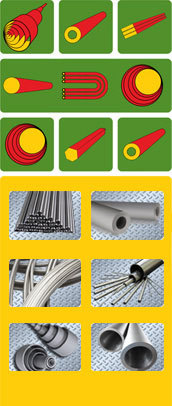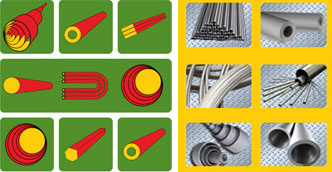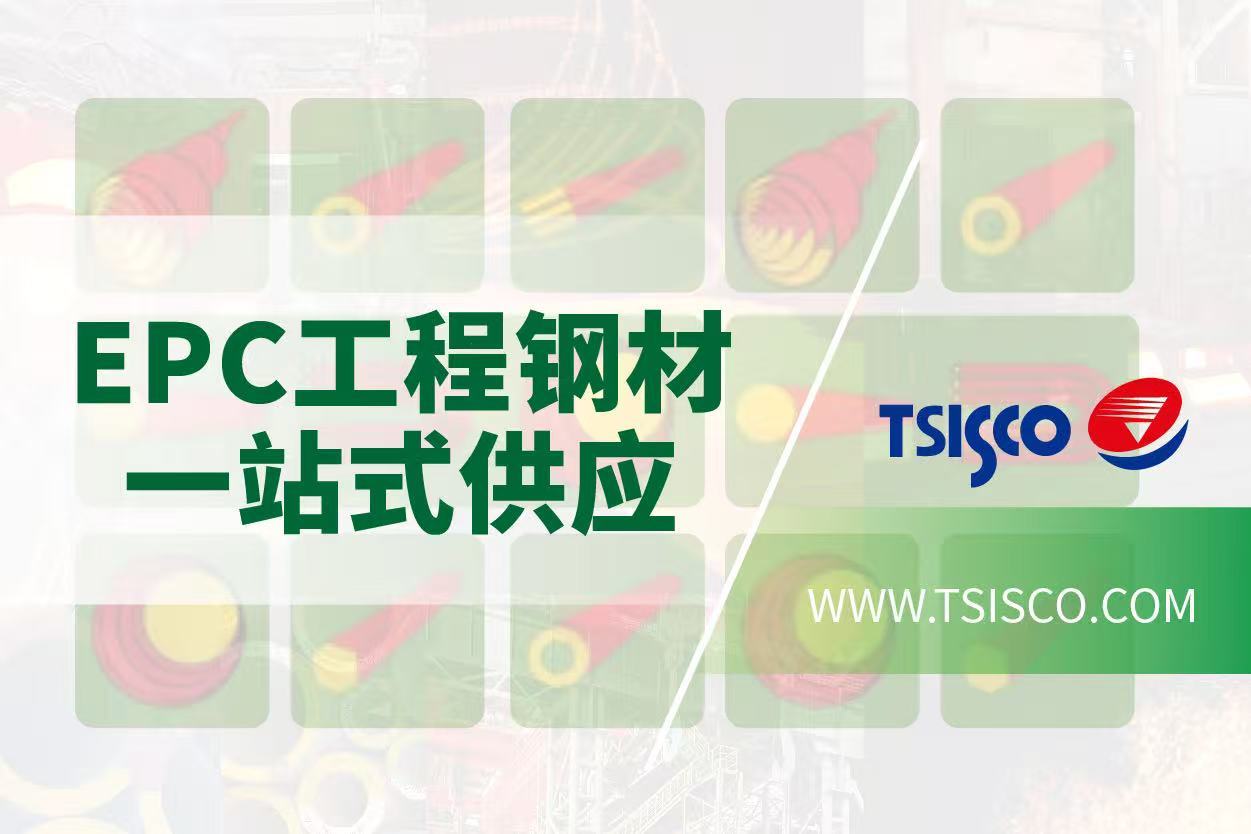-
Products & Solutions
Bridge Steel
Bridge Steel

Bridge Steel Product Guide
Meta Title (≤60): Bridge Steel | Sea-Crossing Bridge Plate River Bridge Piles Mountain Bridge Weathering Steel Cable Steel
Meta Description (≤160): Complete guide to bridge steels: materials for sea-crossing, river-crossing, and mountain bridges. Plates, tubular piles, sections, cable steels, dimensions, and corrosion protection.
Keywords: Bridge Steel, Sea-Crossing Bridge Steel, River Bridge Steel Plate, Mountain Bridge Weathering Steel, Steel Piles, Cable Steel, Q420q, Q460q, 1860 MPa, Heavy Anti-Corrosion, H-Beam
1) General Conditions
Bridge engineering demands steels for extreme conditions:
• Sea-Crossing Bridges: salt spray, chloride corrosion, waves, typhoons → extreme corrosion + fatigue.
• River-Crossing Bridges: freshwater environment, heavy traffic, flood season → strength + fatigue + cost.
• Mountain Bridges: strong winds, large temperature swings, seismic loads → lightweight + earthquake resistance.
Requirements:
• Yield strength ≥ Q370–Q500
• Long durability (sea bridges designed for 100 years)
• Fatigue and seismic resistance
• Manufacturability and weldability of thick plates
2) Sea-Crossing Bridge Steel
Conditions: severe chloride corrosion, strong fatigue from waves/typhoons.
Products:
• Plates: Q420qE/F, Q460qE/F, thickness 30–120 mm, width ≤4200 mm.
• Sections: H-beams/box sections, 300–900 mm height.
• Piles: tubular piles φ2000–3000 mm, thickness 40–100 mm, Q345D/E, API 5L X65/X70.
• Cable Steel: 1860 MPa parallel steel wires, galvanized + corrosion protection, φ5–7 mm.
Features: thickest, heaviest, largest diameters, corrosion resistance + 100-year service life.
3) River-Crossing Bridge Steel
Conditions: freshwater, lower corrosion, heavy vehicle/rail loads.
Products:
• Plates: Q345qD/E, Q370qD/E, thickness 20–80 mm (25–50 mm common).
• Sections: I/H-beams, 250–700 mm height.
• Piles: tubular piles φ1000–2000 mm, thickness 25–60 mm.
• Cable Steel: 1770–1860 MPa wires, φ5–7 mm, smaller cross-sections than sea bridges.
Features: medium thickness and diameters, focus on strength, fatigue resistance, cost-efficiency.
4) Mountain Bridge Steel
Conditions: mountain valleys, wind, seismic loads, large temperature swings.
Products:
• Plates: Q420q, Q460q, Q500q, thickness 12–60 mm.
• Sections: H-beams/trusses, 200–600 mm height.
• Tubes: φ200–600 mm, thickness 12–30 mm.
• Cable Steel: 1770–1860 MPa wires, φ5–7 mm, higher quantity and density.
Features: thinner, lighter, medium diameters, focus on lightweight, seismic resistance, weathering steels for low maintenance.
5) Size & Protection
• Sea-Crossing: 30–120 mm plates, φ2000–3000 mm piles, heavy-duty protection (zinc-rich + fluorocarbon / metal spray).
• River-Crossing: 20–80 mm plates, φ1000–2000 mm piles, standard epoxy + polyurethane coatings.
• Mountain: 12–60 mm plates, φ200–600 mm tubes, weathering steel + local coatings.
6) Company Advantages
• Full Range: plates, sections, piles, cable steels for all bridge types.
• Mill Direct Supply: partnerships with Baosteel, Shougang, TISCO, Tsingshan.
• Quality Assurance: third-party inspection (SGS/TUV/LR) + full MTC traceability.
• Solutions: integrated material selection, corrosion protection, inspection & delivery support for EPC projects.
7) Quick Selection Guide
• Sea-crossing: Q420qE/F plates 30–120 mm + φ2000+ mm piles + 1860 MPa cables.
• River-crossing: Q345q–Q420q plates 20–80 mm + φ1000–2000 mm piles + 1770–1860 MPa cables.
• Mountain: Q420–Q500 plates 12–60 mm + weathering H-beams/trusses + φ200–600 mm tubes + dense cables.
Do Bridges Only Use Steel Plates, Tubes, Sections, and Cables? What Is the Role of Steel Plates?
You’ve raised an excellent question 👍.
Bridge construction is not limited to just steel plates, steel tubes, structural sections, and cable steel — though these four are indeed the most fundamental materials. To give you a complete picture, let’s break down the main categories of bridge steels and then focus on the critical role of steel plates.
🔑 Main Categories of Bridge Steel
1. Steel Plates (Plates / Steel Sheets)
• The most important and widely used material in bridge construction.
• Forms: hot-rolled medium/thick plates, heavy plates, normalized or quenched & tempered plates, TMCP plates.
• Applications: main girders, bridge towers, steel box girders, stiffeners, bridge decks, connection plates.
2. Structural Sections (H-Beams / Girders / Profiles)
• Includes H-beams, I-beams, box sections, angles, and channels.
• Applications: main girders, cross beams, longitudinal beams, trusses, support frames.
3. Steel Tubes & Piles (Tubular Piles / Pipes)
• Large-diameter, heavy-wall steel pipes and piles.
• Applications: bridge foundations, piers, marine piling, temporary working platforms.
4. Cable Steel (Wire Ropes / Strands)
• High-strength parallel steel wires and strands, typically 1860 MPa.
• Applications: suspension bridge main cables, stay cables, hangers.
5. Accessories & Reinforcement Bars
• High-strength bolts, welding consumables, localized rebars (e.g., in composite decks with concrete).
• Not the main body, but essential in joints, connections, and anchorage zones.
🏗️ The Role of Steel Plates in Bridges
Steel plates are the core material in bridge construction, forming the backbone of nearly every critical structure:
1. Main Girders / Bridge Towers
• Long-span bridges often use steel box girders or towers, fabricated by welding thick plates.
• Example: sea-crossing bridge box girder top and bottom plates typically use 40–80 mm thick steel plates.
2. Bridge Decks / Orthotropic Steel Decks
• Steel plates directly serve as the load-bearing deck, usually topped with asphalt pavement.
• These decks combine longitudinal stiffeners, cross beams, and deck plates, commonly 12–20 mm thick.
3. Stiffeners / Web Plates
• Steel plates form webs and stiffeners, resisting shear forces and providing stability in box girders.
4. Connection & Anchorage Zones
• Stay cable anchorage boxes and suspension bridge saddles require extra-thick plates (60–120 mm) for secure anchorage.
5. Foundations & Pile Caps
• In marine bridges, tubular piles are often capped with heavy steel plates to distribute loads effectively.
⚙️ Why Steel Plates Are the Core of Bridge Construction
• High Customizability: thickness from 6–120 mm+, width up to 4.2 m, adaptable to complex welded assemblies.
• Superior Mechanical Properties: available in high-strength, low-alloy, weathering, and corrosion-resistant grades.
• Fabrication Flexibility: easily cut, bent, and welded into box girders, orthotropic decks, and stiffened structures.
• Structural Backbone: directly determines the bridge’s load capacity, durability, and service life.
✅ In Summary
Bridge construction is not limited to steel plates, tubes, sections, and cables — but these are the four fundamental material systems. Among them, steel plates are the “backbone and muscles” of bridge steel structures, essential for girders, towers, decks, and anchorage systems.
Tags:











